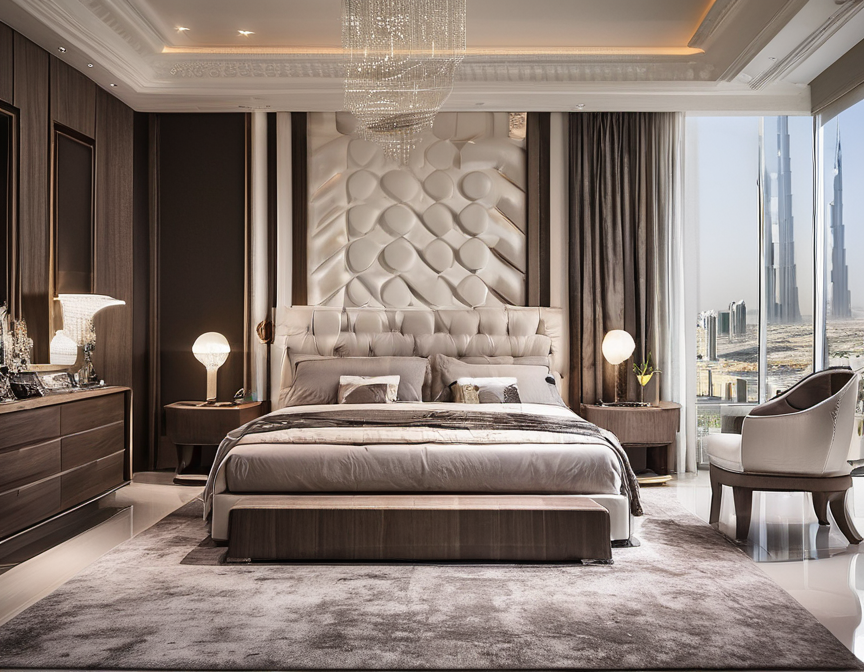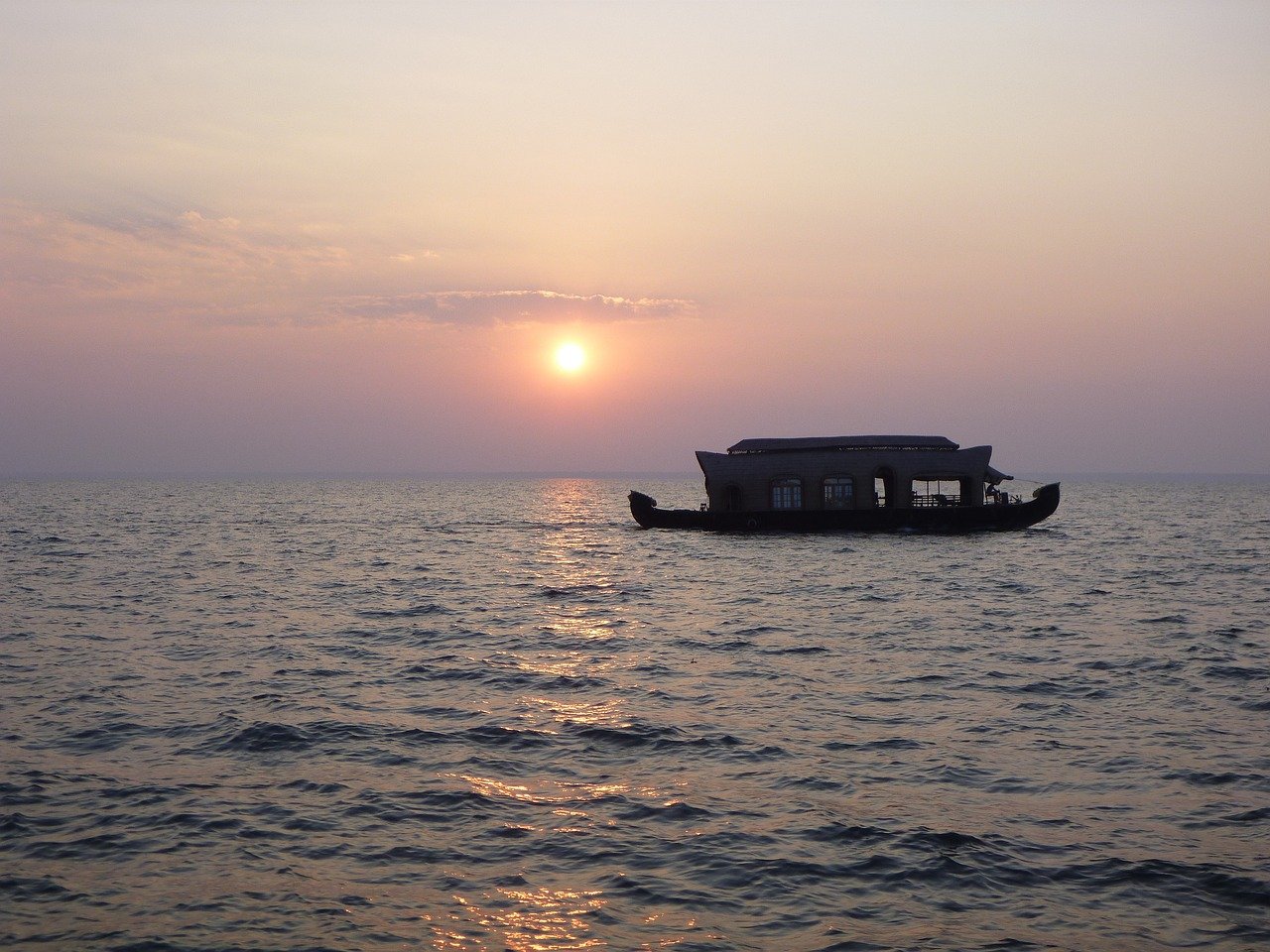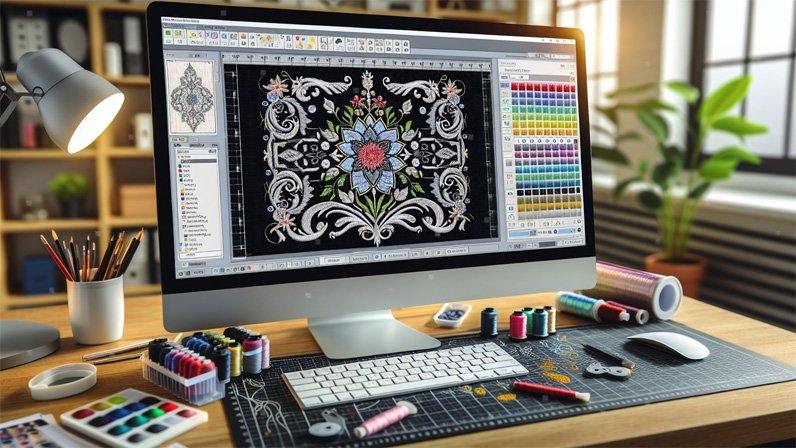Stylish Bedroom Furniture Options for Modern Dubai Homes
Introduction to Modern Bedroom Furniture in Dubai Dubai is a city that perfectly balances luxury, innovation, and functionality, and this philosophy extends into home interiors, especially when it comes to bedroom design. A bedroom is more than just a place to sleep; it is a sanctuary where one can relax, recharge, and enjoy a sense of personal style. For modern Dubai homes, bedroom furniture plays a key role in achieving this balance, combining elegance with practicality. The demand for stylish furniture has grown significantly as homeowners seek options that reflect contemporary lifestyles without compromising comfort. From sleek double beds and compact twin beds to chic nightstands, elegant dressing tables, and spacious wardrobes, every piece of home furniture contributes to a harmonious and luxurious environment. With the right selection, residents can create bedrooms that are both visually stunning and perfectly suited for everyday living. The Role of Bedroom Furniture in Modern Dubai Homes Bedroom furniture in Dubai homes is not just about function—it is about enhancing lifestyle and creating an atmosphere of sophistication. Many homeowners in the city are drawn to pieces that emphasize modernity while also respecting cultural sensibilities and personal comfort. For instance, a wardrobe does more than store clothes; it acts as a central design element that contributes to the room’s overall aesthetic. Similarly, dressing tables bring in elegance and convenience, offering a dedicated space for self-care. Whether one chooses a minimalist Scandinavian-inspired look or a more opulent Middle Eastern design, the variety of home furniture options available in Dubai ensures that every taste and requirement can be met. The strategic placement of items like nightstands and carefully chosen double beds or twin beds allows homeowners to maximize functionality while maintaining a sense of style that aligns with modern urban living. Double Beds: A Blend of Comfort and Elegance When it comes to selecting the right double bed for a modern Dubai bedroom, double beds are among the most popular choices. They strike a balance between generous sleeping space and efficient use of room area, making them suitable for couples as well as individuals who enjoy extra comfort. Modern double bed designs often feature upholstered headboards, built-in storage, and sleek frames that match both contemporary and traditional interiors. In a fast-paced city like Dubai, comfort is non-negotiable, and high-quality double beds with ergonomic designs cater to this need perfectly. Additionally, many homeowners opt for custom-made beds that complement the rest of their bedroom furniture, ensuring a cohesive design theme. Whether paired with matching nightstands or placed alongside a modern wardrobe, double beds serve as the focal point of the bedroom, elevating the ambiance and ensuring restful nights in a stylish setting. Twin Beds: Perfect for Versatile Spaces For bedrooms that serve multiple functions or for households with children and guests, twin beds offer the ideal solution. Twin beds are compact yet functional, making them perfect for smaller spaces without sacrificing style. In modern Dubai homes, where maximizing space is often a priority, twin beds are a smart choice for shared rooms or guest bedrooms. Many contemporary twin bed designs include under-bed storage or modular features that allow flexibility in arrangement. When paired with sleek nightstands and a well-designed wardrobe, twin beds can transform a compact bedroom into a stylish and efficient space. Additionally, homeowners in Dubai often choose twin beds in neutral or bold color schemes to complement the rest of their home furniture, ensuring a harmonious and trendy look. Their versatility and practicality make them an essential element of modern bedroom furniture collections, especially in urban households with diverse needs. Nightstands: Functional Yet Stylish Additions No modern bedroom in Dubai is complete without nightstands, which provide both utility and aesthetic value. These compact pieces of bedroom furniture are placed next to beds, offering convenient storage for essentials like lamps, books, or personal devices. Beyond functionality, nightstands play a key role in enhancing the overall look of the room. Modern designs range from minimalist floating nightstands to luxurious pieces with metallic finishes or marble tops. In Dubai’s design-conscious market, homeowners often select nightstands that match their double beds or twin beds, creating a coordinated and polished look. Furthermore, nightstands with additional drawers or shelves provide practical storage solutions, helping to keep bedrooms clutter-free. Since the bedroom is meant to be a relaxing retreat, the inclusion of thoughtfully designed nightstands ensures both comfort and organization, making them an indispensable part of home furniture collections for modern Dubai residences. Dressing Tables: Merging Elegance with Practicality A dressing table is not just a piece of furniture; it is an expression of personal style and luxury, particularly in Dubai homes where attention to detail is paramount. Modern dressing tables are designed with sleek lines, ample storage, and elegant finishes that complement other bedroom furniture pieces like wardrobes and beds. Many come with attached mirrors, lighting features, and cushioned stools, offering both functionality and sophistication. In today’s fast-paced lifestyle, having a dedicated space for grooming and personal care adds to daily convenience. Moreover, dressing tables often double as compact workstations or vanity spaces, adding versatility to the bedroom. Whether crafted from wood, glass, or metal, the latest designs seamlessly integrate with home furniture trends in Dubai, offering stylish yet practical solutions. Pairing a dressing table with coordinated nightstands or a spacious wardrobe creates a well-balanced and luxurious bedroom environment. Wardrobes: Essential for Organization and Style One of the most crucial elements of bedroom furniture is the wardrobe, which provides storage while also contributing to the aesthetic appeal of the room. In modern Dubai homes, wardrobes are designed not only to store clothing and accessories but also to make a bold design statement. Options range from sliding door wardrobes with mirrored panels to walk-in wardrobe cabinets that redefine luxury living. Homeowners often choose wardrobes that align with the overall theme of their home furniture, ensuring a consistent look throughout the bedroom. Features like built-in lighting, smart shelving systems, and modular compartments make modern wardrobes highly functional. They help maximize space while keeping belongings … Read more




